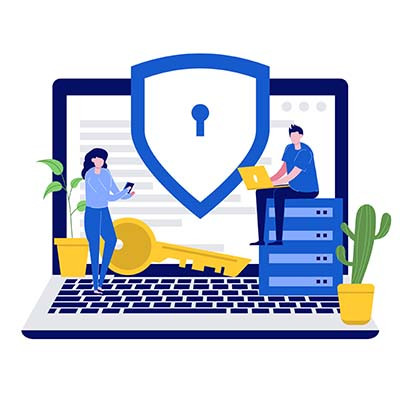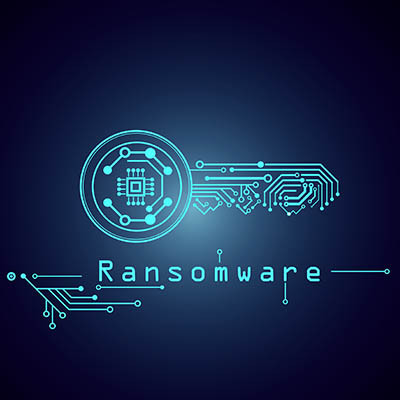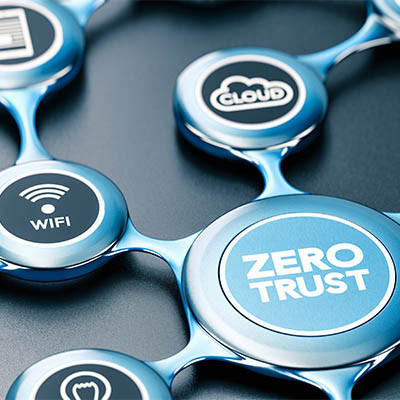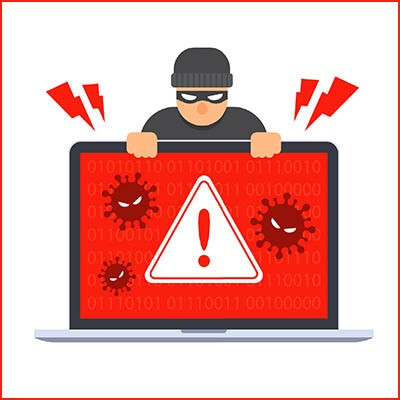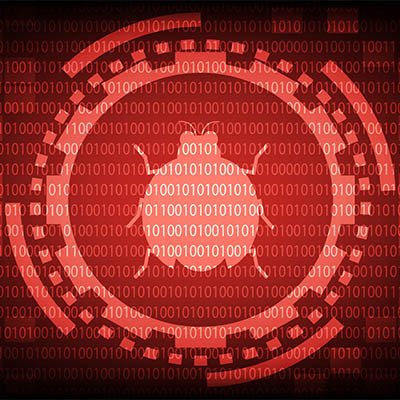There are countless cybersecurity threats out there, many of which wait until very unfortunate times to strike. One such time is over extended weekends or holiday breaks, when many companies shut down operations longer than the usual two-day weekend. In fact, this is such an issue that the Federal Bureau of Investigation and CISA have issued warnings in response to them.
Datalyst Blog
Many, many companies have adopted remote work policies and practices since the COVID-19 pandemic forced most to downsize (if not cease outright) on-site operations about two years ago. Now, as we enter 2022, it seems a good time to reexamine the security that we have protecting our businesses and the workers currently operating remotely.
The holiday season is a time for merriment and good cheer, but hackers have historically used it to take advantage of peoples’ online shopping tendencies. Phishing scams are always on the rise during the holiday season, so you need to take steps now to ensure that you don’t accidentally put yourself at risk—especially with voice spoofing emerging as a threat for Amazon orders.
Businesses sure use a lot of online accounts, and if they don’t keep track of the passwords associated with these accounts, things can get messy fast. To help with this effort, password managers, or applications that store passwords in an encrypted vault, have really taken off. Here are some of the reasons why businesses invest in password management solutions.
As time has passed, cybersecurity attacks have become another way some organizations and nations engage in warfare. You can argue that there is a war going on at all times in cyberspace while hackers—many of which are sponsored by government agencies—try to outdo security researchers at all turns. One such scenario sees customers in the United States and Israeli defense technology sectors becoming the target of “password spraying.”
Network security can be tough; there’s a lot to know, and you often need to have trained professionals on your side to ensure your systems are as secure as possible. With the right solutions on your side, however, it can be made much more manageable. Let’s discuss some of the most important security features your organization should implement and why.
Did you know that the United States is the leader in ransomware payments? According to a survey from Mimecast titled “The State of Ransomware Readiness,” the U.S. has the highest average payment for ransomware out of the entire world at more than $6 million per victim. These shocking numbers likely stem from high-profile ransomware attacks, but they are also indicative of a larger problem, that being people who still pay the ransom.
Have you ever wondered what it takes to hire a hacker to perform a specific task? Thanks to the findings of Comparitech, we can get a look into the average pricings of various hacking services that can be found on the Dark Web. While we would never condone ever taking advantage of such services, it’s a fascinating look into the business of cybercrime, and one that can give you an idea of just how easy and accessible it is for hackers to make your life difficult.
Over the past couple of years, more and more people are using smart speakers to help them manage their day-to-day lives. Some people use them as their personal assistants, some just use them to help them remember things they would tend to forget otherwise, others just use them as extremely complex thermometers. Regardless what the use is, one question will always be near the surface about these devices: Are they secure? Let’s take a look at the many issues surrounding smart speaker security.
Smart devices have brought about unprecedented amounts of connectivity in aspects of running a business or owning a home that never could have been dreamed of in the past. People can now unlock their front doors, turn up their thermostats, and even switch the lights on and off through their smartphone. Unfortunately, the part that people don’t like to talk about with these applications and devices is security—big surprise, right?
While cybersecurity is far from the most exciting thing a business can invest in, it’s certainly one of the most important parts of running any successful venture. Without cybersecurity, the endless number of threats on the Internet could infiltrate your network and create problems for your company.
Artificial intelligence, commonly known as AI, is used in several different ways in various industries, but one of the most impactful has been with cybersecurity and its automation. On the other hand, however, are the hackers who use AI in ways that fly in the face of the efforts of these cybersecurity professionals and use AI for cybercrime. What are some ways that AI is used in cybercrime, and why is it so scary for businesses to handle?
We often discuss how your business can avoid the impact of ransomware, but what we don’t often discuss is what happens to businesses that do, in fact, suffer from such a devastating attack. We want to use today’s blog as an opportunity to share what your business should (and should not) do in the event of a ransomware attack, as well as measures you can take to avoid suffering from yet another in the future.
There are always going to be those who want to use your hard-earned data and assets to turn a profit. One of the emergent methods for hackers to do so is through twisting the “as a service” business model into network security’s worst nightmare. This type of security issue is so serious that Microsoft has declared that Phishing-as-a-Service is a major problem.
With countless threats out there waiting for IT professionals to slip up, it’s no small wonder that many of these professionals are opting into what is called a zero-trust policy for their security standards. But what is a zero-trust policy, and why is it so effective at curbing potentially dangerous situations for your business? Let’s investigate this in today’s blog article.
We don’t like it any more than you do, but if we have learned anything at all over the past several years, it’s that security absolutely needs to be a priority for all small businesses. In the face of high-profile ransomware attacks that can snuff companies out of existence, what are you doing to keep your own business secure? To put things in perspective, we’ve put together a list of some of the more common threats that all companies should be able to address.
What would you say if we told you that someone could buy access to your organization’s network for a measly $1,000? Well, this is the unfortunate reality that we live in, where hackers have commoditized the hard work you have invested in your organization. A study from KELA shows that the average cost to buy access to a compromised network infrastructure is insignificant at best, which is why it’s more important than ever to protect your business as best you can.
Have you ever wondered how hackers manage to pull off incredible feats like bombarding networks and servers with so much traffic that they simply cannot function? None of this would be possible if not for botnets. But what is a botnet, and why is it important for your organization to understand? Let’s dive into the details.
Historically there have been several methods to transfer data from one system to the next, and while the cloud has rendered many of them irrelevant and unnecessary, that doesn’t mean they aren’t used by people looking to move data quickly. Many professionals still opt to use USB flash drives to keep certain data close at hand, but how at risk does this put the data on these drives?
What happens when your company configures something on its infrastructure incorrectly? It turns out, according to a recent data leak, that a lot can go wrong, especially in regards to cybersecurity and the privacy of sensitive records. The affected software was not an unknown third-party application, but was actually Microsoft! How did one of the world’s largest software developers put out software that potentially exposed millions of records? Let’s dig into the details.






